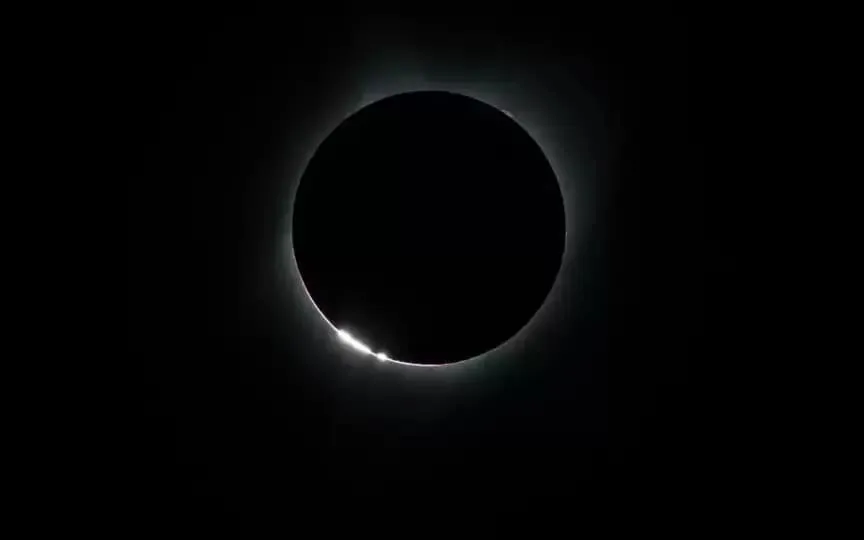Expecting Solar Fireworks
With the upcoming total solar eclipse on April 8, enthusiasts are getting ready to witness a stunning astronomical event that will not only bring darkness but also the chance to see rare solar occurrences. Those in the path of totality will experience a brief period of darkness, known as totality, allowing them to view the sun’s corona without the use of solar eclipse glasses.
During totality, observers can glimpse dark pink spiers and loops of electrically charged plasma that extend into space, called prominences. These awe-inspiring structures were spotted vividly during the last total solar eclipse in Australia in 2023 and are expected to look spectacular again given the sun’s increased activity during the 11-year solar cycle known as solar maximum.
In addition to the displays, skywatchers may have the opportunity to see other rare solar phenomena during totality. One such phenomenon is a coronal mass ejection (CME), which occurs when the Sun ejects a huge amount of magnetic field and plasma mass from its corona. Although the probability of observing a CME during totality is uncertain, astronomers remain optimistic about the possibility.
Another phenomenon to consider are solar flares, powerful bursts of energy that emit various types of radiation. Although rare, solar flares can potentially follow a CME and appear as brief bursts of visible light and radio waves visible near the sun’s surface.
In addition, observers may see eruptive vistas, massive solar structures that break away from the sun’s surface and expand into the solar system. Although these events are rarer, they provide a spectacular sight for those lucky enough to witness them.
Despite the short total duration, efforts are underway to extend the observation time and capture these rare solar events. Initiatives such as the Citizen Continental-America Telescopic Eclipse (CATE 2024) project aim to document the eclipse in its entirety and provide valuable insights into the behavior of the sun during this rare event.




